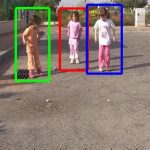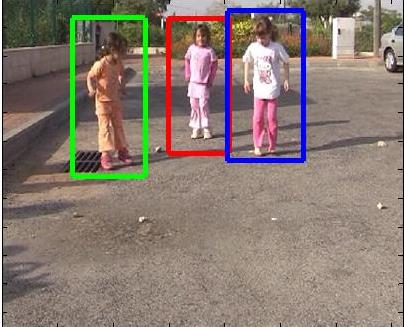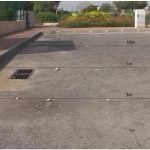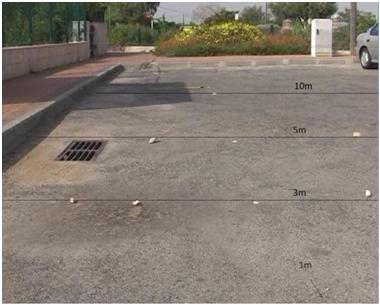An algorithm for detection of children behind cars to avoid accidents.
The Main Idea

Every year, thousands of children are hurt accidentally by cars that are driven backwards while the driver, often a family member, did not see them. This is due to a blind area that the driver cannot see.
A video camera system could assist the driver and provide him with a view of the originally blind areas and automatic alert when a child is detected.
Our Goal
Develop an algorithm to detect children in video sequences. Recognition shall be done for children in all kind of activities: walking, running, crawling, playing, sitting, riding a bike etc.
The project included data collection and labeling, implementing a recognition algorithm and testing the results.
Our Solution
Children images were extracted from video frames using bounding boxes.
Boxed images were divided into a test set and a train set.
HOG descriptors (Histogram of Oriented Gradients) and SVM were used to the boxed images.

Block Diagram
Data Collection
Over 60 minutes of video clips were captured, including 115 relevant scenes, 84 class videos (with children), 28 non-class videos (without children). The class videos were categorized by the distance, action, age and gender.
Video was captured on two different days (03.05.2009 and 25.06.2009), in the same parking lot, during daylight (noon time), with a camera tilt of 5 degrees downwards, and camera height of 1 meter. The camera was placed in the same position at both times.

Camera View
Data Labeling
Bounding boxes were built around the children using: Lucas-Kanade optical flow method, binary threshold , morphology operations.

Results
With a test set of 799 class images and 60 non-class images we received:
- 98.62% TP (788 images)
- 3.3% FP (2 images)
- 97% TN of 97%
Tools
Sony cam-recorder and MATLAB.
Acknowledgment
We would like to thank our supervisor Tamar Back, tha VISL lab staff, Dan Levi from the Smart Sensing and Vision Systems Group at GENERAL MOTORS ISRAEL.
We would also like to thank the children and the children’s parents who participated in the videos taken in the little town HOSHA-AYA.
Last but not least, we would like to thank Hadas Ayalon and Tzvia Berger for their spiritual support throughout this project and for putting up with our late working hours. You played a true role in the success of this project.
We also thank the Ollendorff Minerva Center for its support.
GENERAL MOTORS





